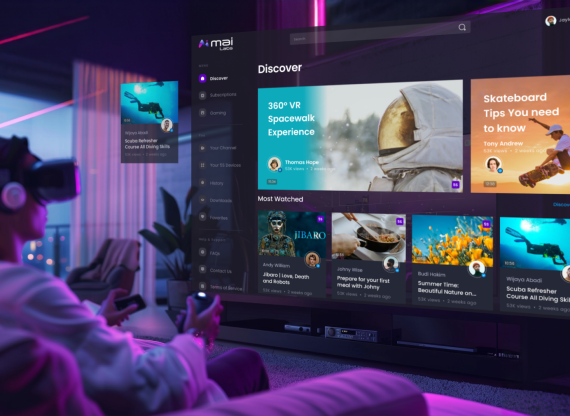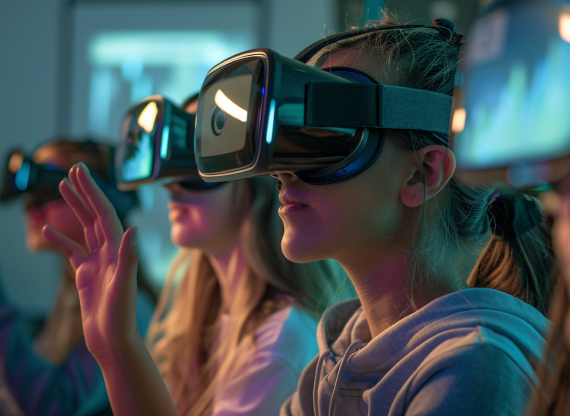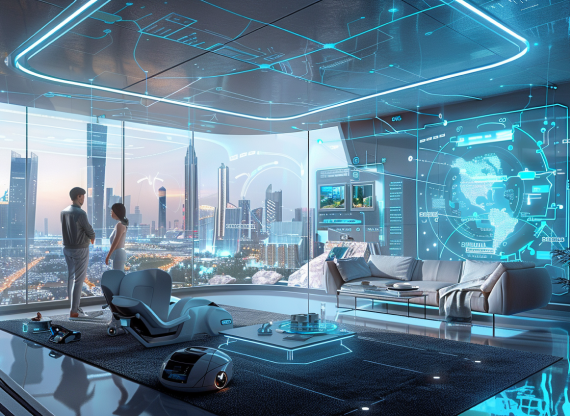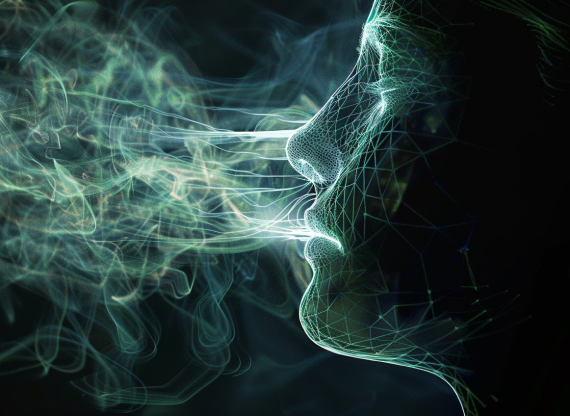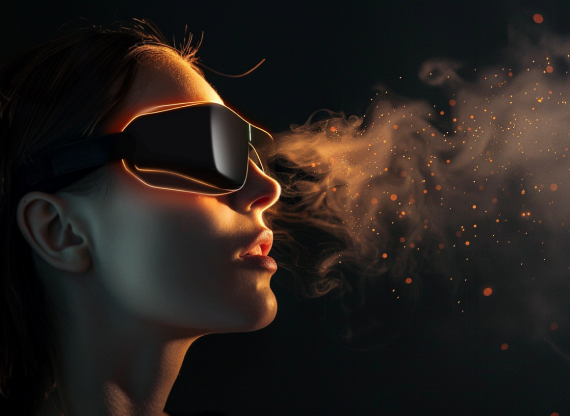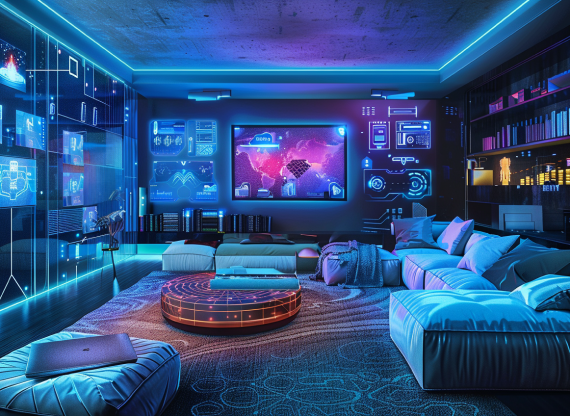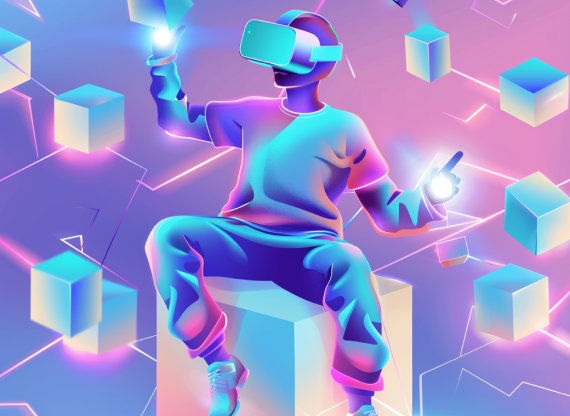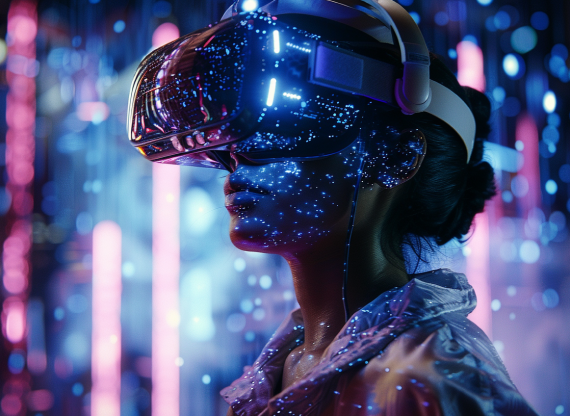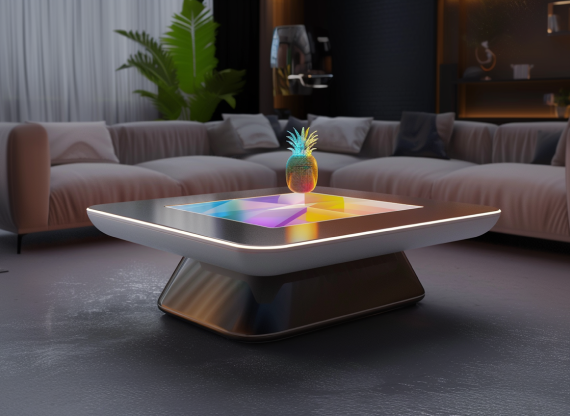In recent years, technology has made leaps and bounds in enhancing the way we interact with digital content. One of the most promising advancements in this realm is multi-sensory technology, exemplified by the innovative 5S platform. While the potential for enhancing entertainment, education, and shopping experiences is immense, one of the most profound impacts of this technology lies in its ability to transform accessibility for individuals with disabilities. This blog explores how multi-sensory technology is revolutionizing accessibility, making digital and real-world experiences more inclusive than ever before.
Enhancing Visual and Auditory Content for the Blind and Visually Impaired
For individuals who are blind or visually impaired, accessing visual content has traditionally posed significant challenges. Multi-sensory technology offers groundbreaking solutions to bridge this gap:
- Tactile Feedback:The 5S platform can transform visual content into tactile experiences. For example, a blind user watching a movie could receive tactile feedback that outlines the shapes of objects and characters, providing a sense of spatial awareness and action within the scene.
- Scent and Sound Integration:By incorporating scents and enhanced auditory cues, multi-sensory technology can enrich storytelling and environmental context. A scene in a bustling market can come alive with the sounds of vendors and the scent of fresh produce, creating a vivid mental picture for the viewer.
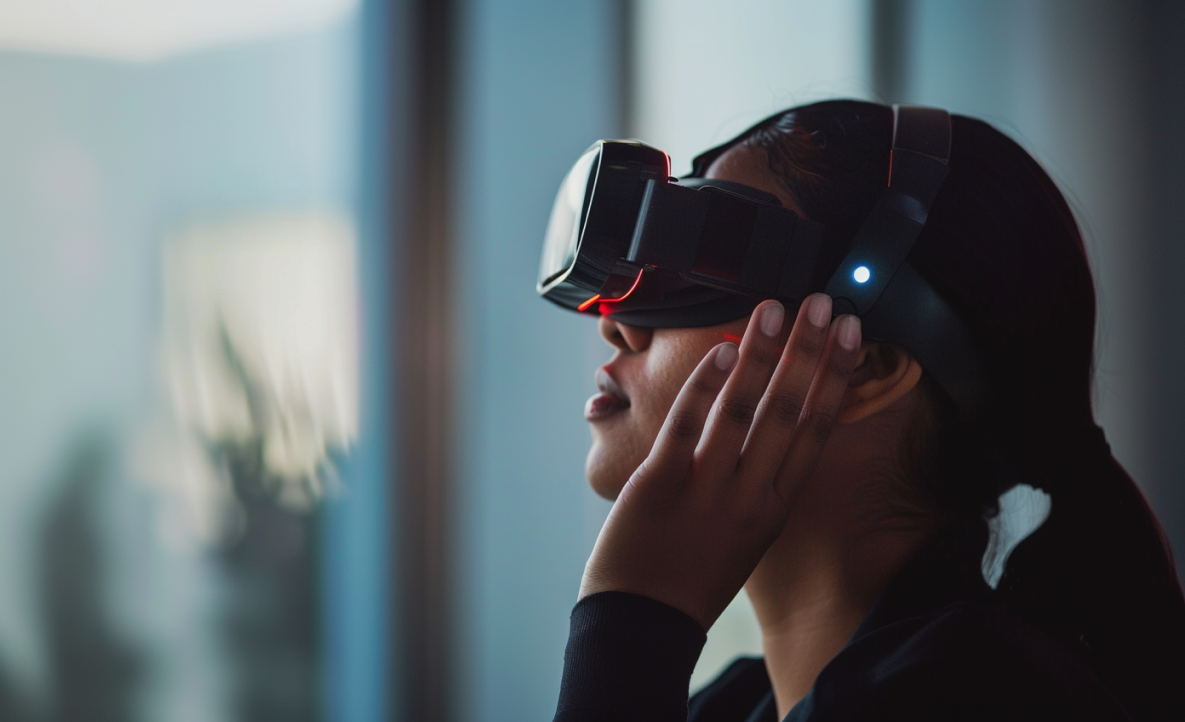
User Testimonial:
"The 5S Platform has transformed how I experience digital content as a blind individual. With precise audio cues and scent integration, I can visualize scenes in my mind, making entertainment and learning immersive and accessible."
Augmenting Auditory Experiences for the Deaf and Hard of Hearing
For the deaf and hard of hearing, traditional audio-based content like music, movies, and online videos often lacks the full immersive experience. Multi-sensory technology addresses these challenges by:
- Visual Cues and Subtitles:Advanced subtitles can now include visual cues that highlight sound effects and tone, providing a richer understanding of the audio environment.
- Vibrational Feedback:Music and sound effects can be converted into vibrational patterns that users can feel, allowing them to experience the rhythm and emotion of audio content through touch.
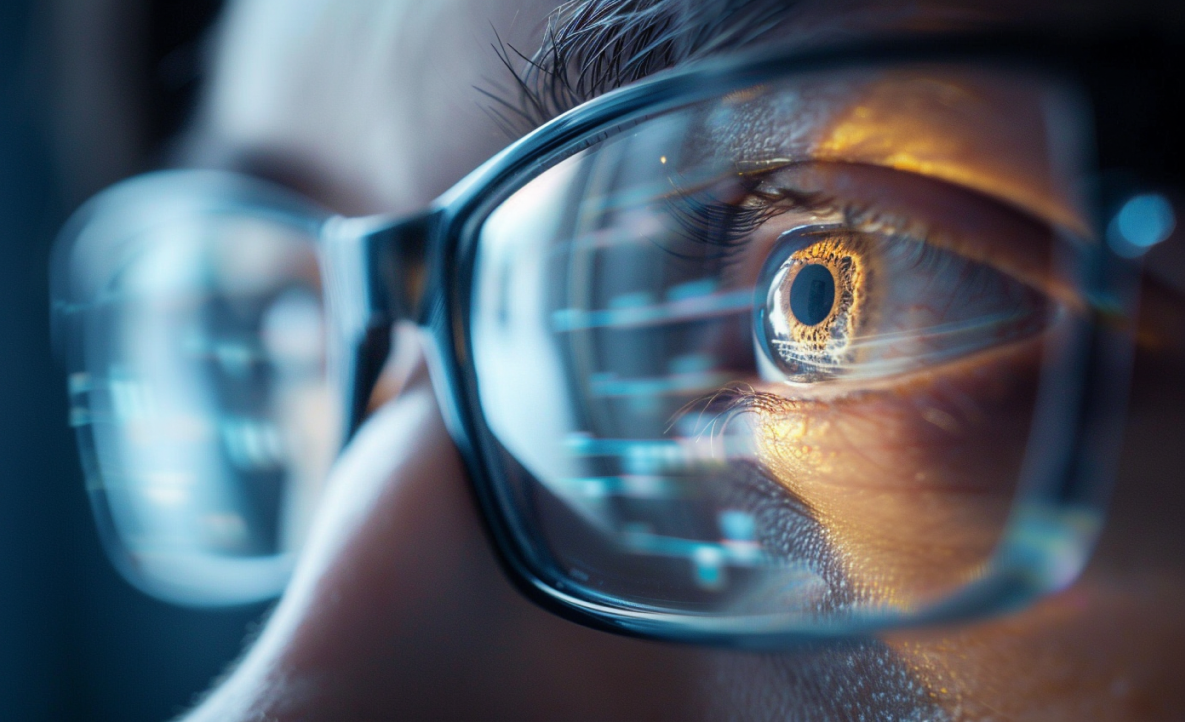
User Testimonial:
"The 5S Platform has transformed how I experience digital content as a blind individual. With precise audio cues and scent integration, I can visualize scenes in my mind, making entertainment and learning immersive and accessible."
Facilitating Communication for Individuals with Speech and Language Disorders
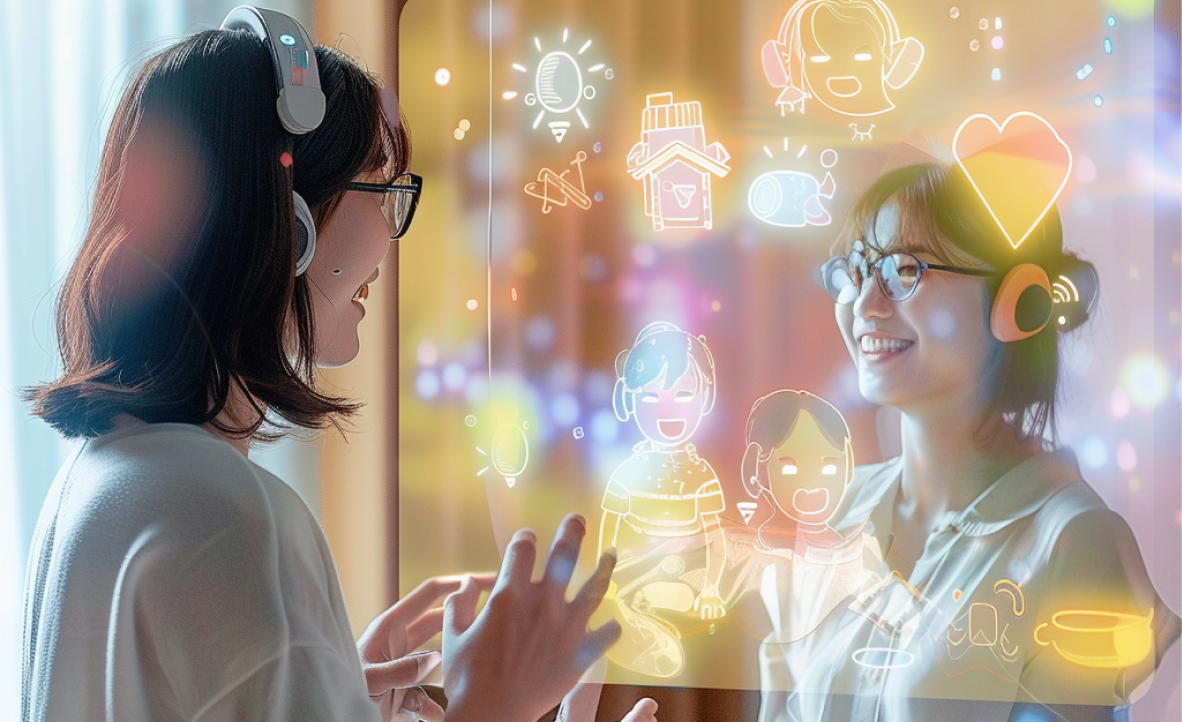
Multi-sensory technology is also making strides in aiding communication for individuals with speech and language disorders:
- Augmented Reality (AR) Interfaces:AR can overlay visual prompts and symbols in real-time conversations, helping individuals convey their thoughts more effectively.
- Multi-Sensory Communication Apps:Apps designed with multi-sensory feedback can assist users in practicing speech and language skills, providing tactile and visual reinforcements to complement auditory inputs.
Revolutionizing Learning for Students with Learning Disabilities
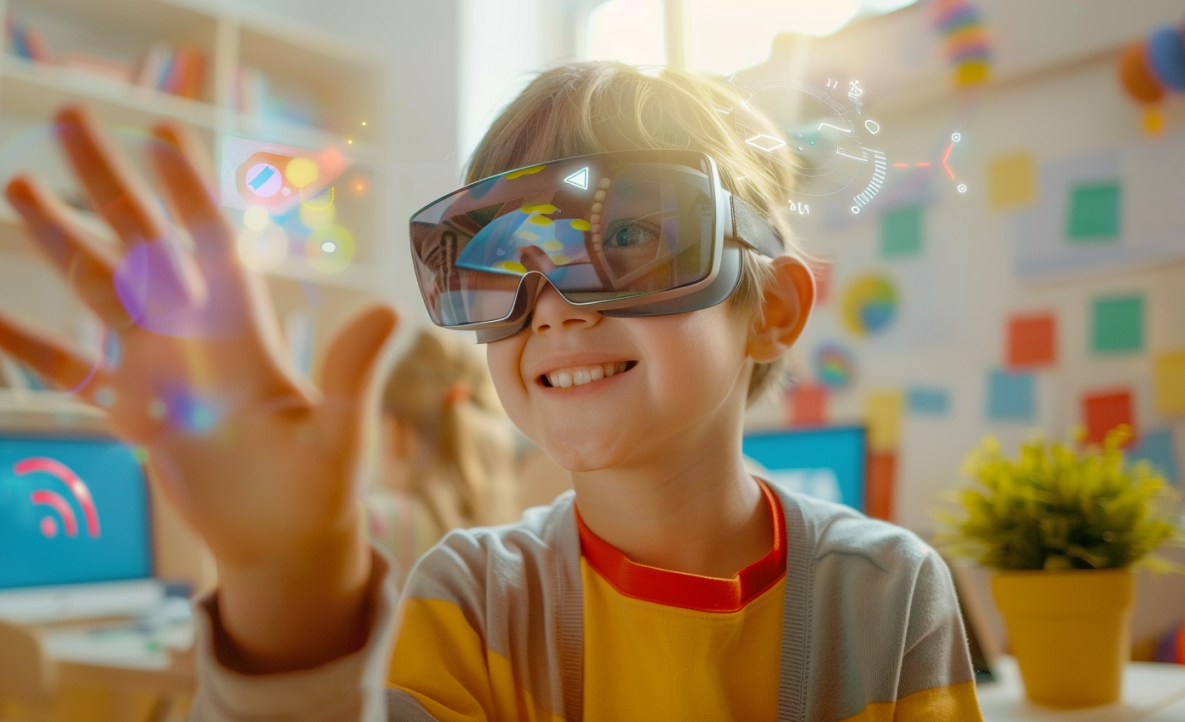
Education is a critical area where multi-sensory technology can make a significant impact, particularly for students with learning disabilities such as dyslexia or ADHD:
- Interactive Learning Materials:Multi-sensory textbooks and digital materials can include tactile elements, scents, and sounds that make learning more engaging and easier to comprehend.
- Customized Learning Environments:Teachers can use the 5S platform to create customized, multi-sensory learning environments that cater to the specific needs of each student, improving focus and retention.
Enhancing Daily Living and Independence
Beyond educational and communication aids, multi-sensory technology can also enhance daily living for individuals with disabilities:
- Smart Home Integration:Multi-sensory feedback can be integrated into smart home systems to assist with navigation and control of home environments. For example, tactile feedback can indicate the location of household items, and scent cues can alert users to important notifications.
- Personalized Assistance:Wearable devices equipped with multi-sensory technology can provide real-time assistance for tasks such as grocery shopping, cooking, and navigating public spaces, enhancing independence and quality of life.
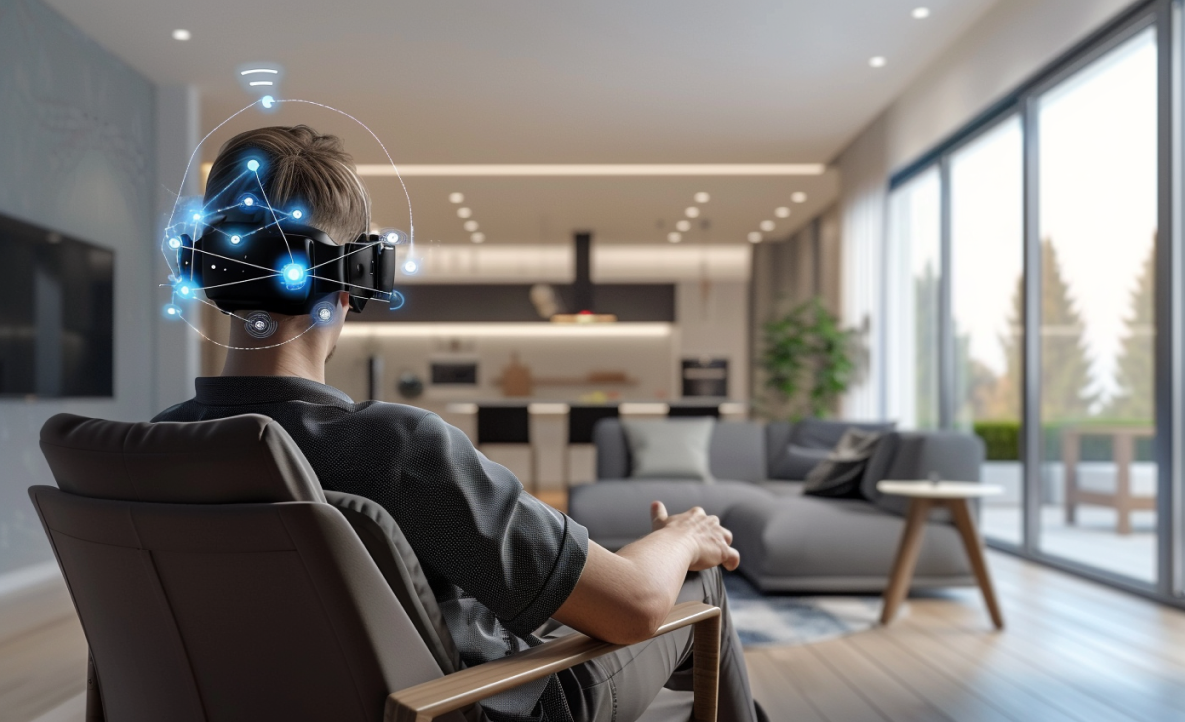
Building a More Inclusive Digital World
The advent of multi-sensory technology marks a significant step toward a more inclusive digital world. By harnessing the power of multiple senses, the 5S platform and similar technologies are breaking down barriers and creating new opportunities for individuals with disabilities. This not only improves accessibility but also enriches the overall experience for all users, making digital content and real-world interactions more engaging and meaningful.
EXPERT QUOTE:
"Multi-sensory learning tools like the 5S Platform are revolutionizing education. They not only make learning more engaging but also improve retention and understanding by providing students with immersive experiences."
As we continue to innovate and expand the capabilities of multi-sensory technology, we move closer to a future where everyone, regardless of their abilities, can fully participate in and enjoy the digital age. The promise of a truly inclusive world is within our reach, and multi-sensory technology is leading the way.
Welcome to the future of accessibility—where every sense is engaged, and every individual is empowered.


